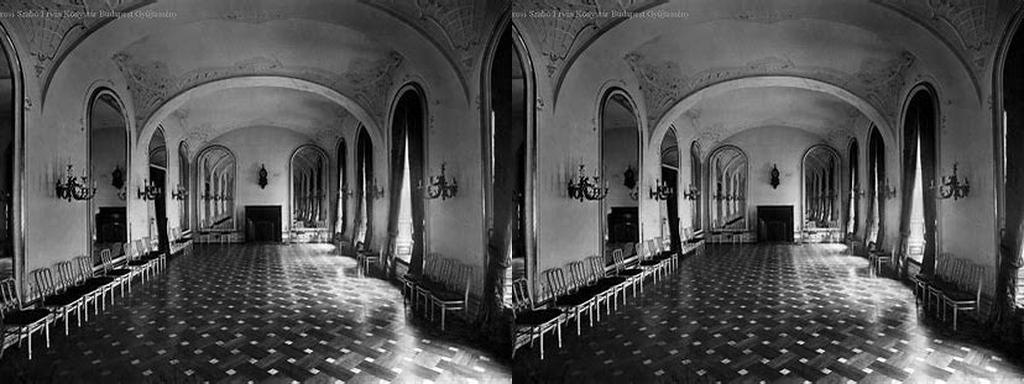
Kaszinó is not just another elegant building standing quietly on the main square of Sopron; it is one of those rare places where history seems to echo through elaborate halls and every window gives you a view both into the story of a city and the imaginations that shaped modern society in western Hungary. Walking through the leafy heart of Sopron, you’ll notice the refined Neoclassical façade. It’s easy to imagine yourself in another era, brushing shoulders with inventive minds and local aristocrats, all gathered here not so much to gamble, but to debate, dance, and dream up new futures for their town.
Contrary to what its name might suggest, Kaszinó was never a den of roulette wheels or poker tables. Instead, its story began when Ferenc Pulszky – an influential Hungarian politician and art historian – along with other likeminded citizens, founded the Casino Association in the mid-19th century. Their aim was straightforward, yet ambitious: to create an intellectual hub. The idea of the casino is said to be inspired by similar “gentlemen’s clubs” of the era that thrived in European capitals like Vienna and Budapest. When the current building was finished in 1867, it swiftly became a central gathering point for Sopron’s elite, shaping civic life, cultural events, and even political tides.
Step inside today and you’ll see why this building can’t help but conjure up images of balls and banquets, of impassioned speeches and laughter echoing into the early hours. The grand staircase, the intricate stucco decorations, and the elegant halls speak of a time when architecture reflected aspirations. What’s truly remarkable is how accessible Kaszinó feels – nothing about the building demands solemn silence; rather, there’s an air of friendly conviviality, as if inviting curious visitors to join a centuries-old conversation.
Local tradition holds that this is where key decisions and collaborations took root, nurturing the talents and ideas of several notable figures. Károly Goldmark, a renowned composer hailing from the region, attended evenings of music and literary salons here, and the young minds who would become local leaders and visionaries honed their debating chops within these walls. The rooms themselves tell subtle stories: look for traces of once-bustling card tables, but also for the grand piano that still hints at regular concerts and musical gatherings. There’s a sense here not just of past grandeur, but of living memory; the community continues to use Kaszinó for civic events, lectures, and even art exhibitions today.
What I find irresistible about Kaszinó is its unique marriage of charm and purpose. While much of Hungary’s architectural heritage leans on royal palaces or imposing fortresses, the Casino stands out as a monument to the vibrant, daily creative energy that pulsed through towns during the Reform Era. The locals will proudly tell you that famous speeches given here contributed to key reforms and social changes—perhaps not in the dramatic fashion of barricades and revolutions, but through the quieter force of conversation, wit, and solidarity.
If you visit Sopron, allow yourself time to linger in the square fronting Kaszinó, absorbing the atmosphere that still seems alive in the elegant colonnades. Venture inside, and see if a concert, exhibition, or talk is on the calendar. You’ll find not a fossilized museum piece, but a place that still asks questions and inspires answers. Whether you’re keen on history, love stunning period architecture, or simply enjoy imagining yourself among the thinkers of yesteryear, the Kaszinó is one of those places where the past still shakes hands with the present.





